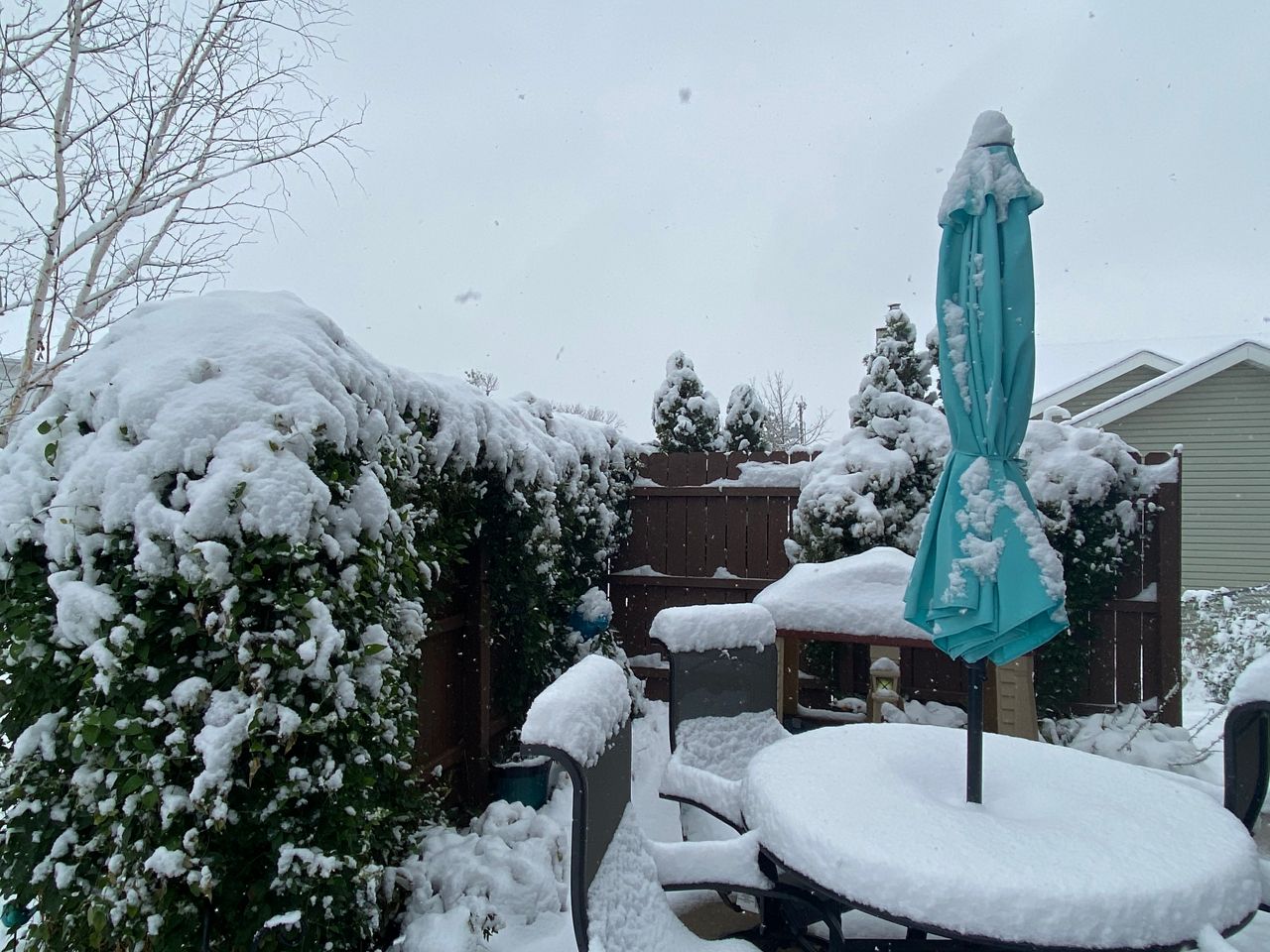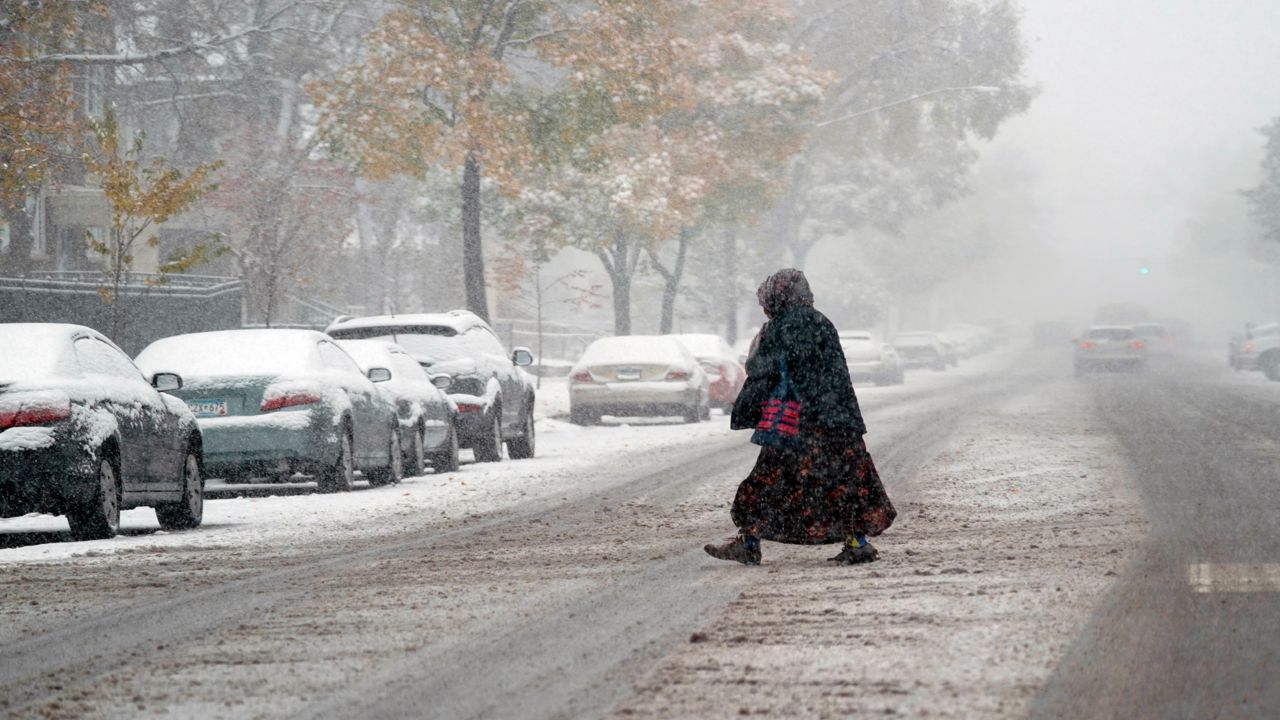With Halloween fast approaching, it’s not long now before many begin to see their first snowfall of the season.
Snowfall in October in many places is uncommon, but not unheard of.
In late October of 2011, an early season nor’easter, dubbed ‘Snowtober', blanketed the interior Northeast with as much as two and a half feet of snow.
So far this year, snow has mostly fallen only in the Rockies and Upper Midwest.
Just last week, a freak snowfall in Iowa this week dropped up to 9” of fresh powder outside Des Moines. The following day, an unrelated system brought Minneapolis their largest snowfall so early in the season with 7.9” measured at the airport.

So when can the rest of us expect the first flakes to fall from the sky? Of course, that depends on where you’re located.
The Rockies begin their season generally during the month of October. This year got off to an even earlier start for some. An incredibly early storm brought Denver their first snow in early September!
For much of the Northeast, November is often the month you’ll first see those first flakes fall. As you move closer to the coast though, the big cities along the I-95 corridor usually hold out until the middle of December.
Much of the Midwest also sees their first snowfall in November. This was the case for places like Louisville and Columbus last year where snow fell by the middle of the month.
Across the Southeast, your snows are farther and fewer between. Charlotte, for example, averages just about 4” of snow a season, with the bulk of that typically falling in January.
While no one can say with certainty just how “bad” the upcoming winter will be, forecasters have tools and features to look for that can offer some guidance.
La Niña could be one feature we deal with this winter. Typically, La Niña’s bring drier than normal weather across much of the southern tier of the United States with wetter weather across the Midwest.
The winter outlook released by the National Oceanic and Atmospheric Administration (NOAA) earlier this month echoes that theme with drier than normal conditions predicted across the South.
In terms of temperature, NOAA is predicting a milder than average winter for the East and South with the Northwest potentially dealing with colder conditions.
The best defense against winter woes is proper preparation. Be sure to have an updated winter car survival kit if you become stranded. Dress properly for the elements and know the signs of hypothermia and frostbite.
Finally, make sure you winterize your home to prepare it for the freezing cold. Read more on how best to protect you and your loved ones from the wild weather winter can bring.




